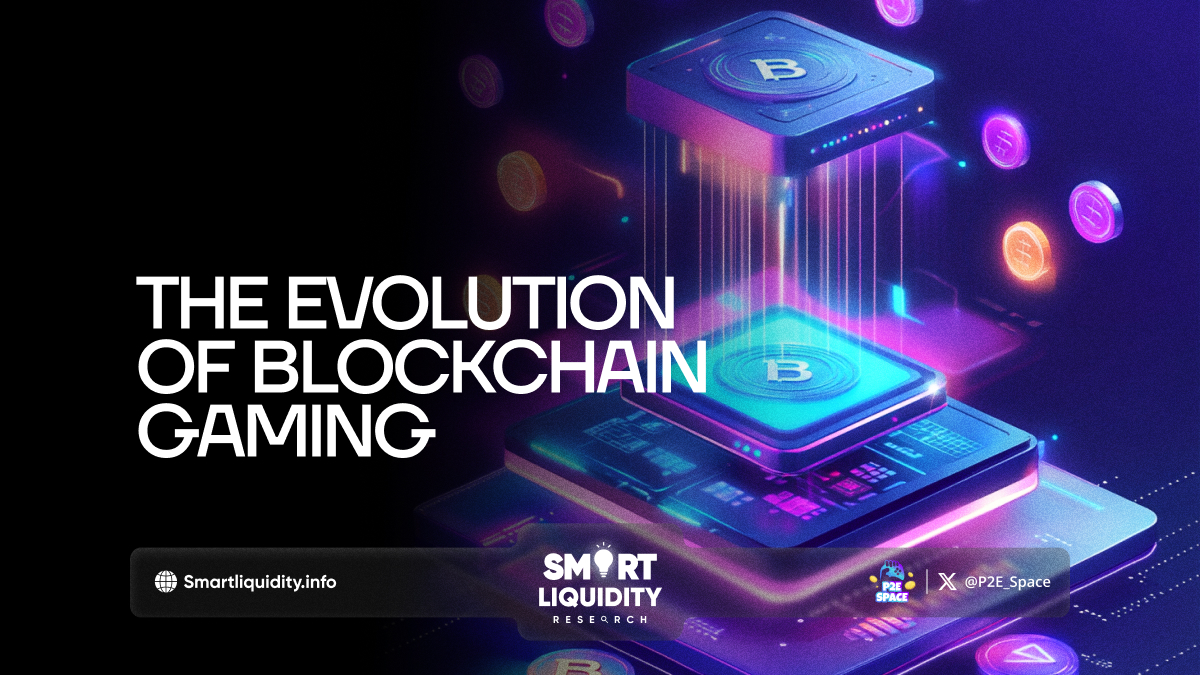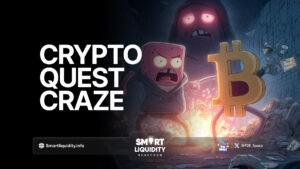THE EVOLUTION OF BLOCKCHAIN GAMING


Blockchain technology is reshaping industries across the board, but one area where it’s truly revolutionizing experiences is in gaming. No longer just a space for casual play, blockchain gaming has carved out a realm where players and developers can create, own, and trade assets in ways never seen before. As we trace the journey of blockchain gaming from its early stages to the groundbreaking developments today, it’s clear this isn’t just an evolution—it’s a transformation.
The Early Days: CryptoKitties and Digital Collectibles
The story of blockchain gaming starts with CryptoKitties, a 2017 game that introduced the world to digital collectibles on the Ethereum blockchain. At first glance, CryptoKitties was simply about collecting and breeding cartoon cats. However, it revealed the immense potential of using blockchain to establish true digital ownership. Unlike items in traditional games, these cats were not confined to a single platform; they were uniquely owned assets, secured by blockchain and transferable to other wallets or platforms.
CryptoKitties sparked a craze and put blockchain gaming on the map, leading to a proliferation of new games that leveraged non-fungible tokens (NFTs). NFTs made it possible for players to own, trade, and even sell game assets outside the game’s ecosystem, adding a new layer of value and engagement for players and collectors alike.
Play-to-Earn: A Paradigm Shift
As blockchain gaming developed, it gave rise to an unprecedented model: Play-to-Earn (P2E). Games like Axie Infinity became pioneers, showing that players could earn real income by participating in gaming ecosystems. Axie Infinity, with its colorful creatures called Axies, allowed players to earn cryptocurrency by battling, breeding, and trading these characters. In countries where traditional economic opportunities were scarce, P2E games offered a novel means of income, transforming lives and attracting millions of new players to blockchain gaming.
The P2E model disrupted conventional gaming, where players often spent money to play but never reaped any financial rewards. Instead, blockchain games allowed users to extract real-world value from in-game assets, reshaping how people viewed gaming. This innovation brought blockchain gaming into the mainstream spotlight and sparked interest from traditional gamers and investors.
Enter the Metaverse: Virtual Worlds and Interoperable Assets
Blockchain gaming continued to evolve, expanding beyond isolated games to form interconnected virtual worlds—the Metaverse. Platforms like Decentraland and The Sandbox introduced virtual landscapes where players could explore, build, and interact. Here, blockchain assets took on a whole new significance, enabling cross-platform experiences and true interoperability.
Imagine wielding a sword from one game in another or owning a plot of land in a digital city where other players gather, socialize, and play. In these metaverses, digital real estate, collectibles, and avatars have real-world value. Blockchain technology facilitates this seamless interaction, and in doing so, it’s building a new digital economy that blends gaming, social media, and e-commerce.
Decentralization and DAO Governance: The Rise of Community Control
Blockchain gaming is also at the forefront of decentralization. Traditional gaming has long been plagued by centralized decision-making, where companies dictate game mechanics, updates, and monetization strategies, often to the detriment of the player base. But blockchain games are breaking free from this model by introducing Decentralized Autonomous Organizations (DAOs).
DAOs empower players by giving them a voice in decision-making. They enable communities to vote on key aspects of the game, such as new features, in-game economies, or rule changes. Illuvium and Yield Guild Games are examples of blockchain-based gaming ecosystems where governance is handed over to players. DAOs ensure that the interests of the community are prioritized, creating a more democratic and player-driven gaming environment.
Blockchain Gaming Today: Complex Worlds, Immersive Experiences
Today, blockchain gaming offers more than collectibles and P2E models. It’s now home to complex ecosystems with high-quality graphics, storylines, and mechanics that rival traditional games. Projects like Star Atlas and Ember Sword are pushing the boundaries of immersive gameplay. These games showcase that blockchain gaming can deliver not only economic opportunities but also rich and captivating worlds that gamers want to experience for the sake of the game itself.
In addition to graphics and mechanics, today’s blockchain games are increasingly emphasizing sustainability. Many projects now prioritize environmental consciousness by adopting energy-efficient blockchains, reducing the ecological impact that has sometimes been associated with blockchain technology.
The Future of Blockchain Gaming
The evolution of blockchain gaming is far from over. As the technology matures, we can expect games to become even more immersive, with augmented reality (AR) and virtual reality (VR) integrated to create lifelike experiences. Blockchain gaming’s potential to merge with decentralized finance (DeFi) will also likely open up new economic models, turning gaming into a hybrid experience of entertainment, investment, and community building.
With companies and communities continually pushing the envelope, blockchain gaming is set to redefine the digital entertainment landscape. From creating value for players and developers to promoting transparency, ownership, and inclusivity, the evolution of blockchain gaming is not only reshaping how we play but also how we live in an increasingly digital world.
Final Thoughts
The journey of blockchain gaming has only just begun. It has moved from digital collectibles to creating entire virtual economies, empowering communities, and fostering player ownership. As technology progresses, so too will the possibilities within blockchain gaming. From P2E to the metaverse, DAOs, and beyond, it’s a thrilling time for players, developers, and investors alike. The only question left is: Are you ready to be a part of the future of gaming?




